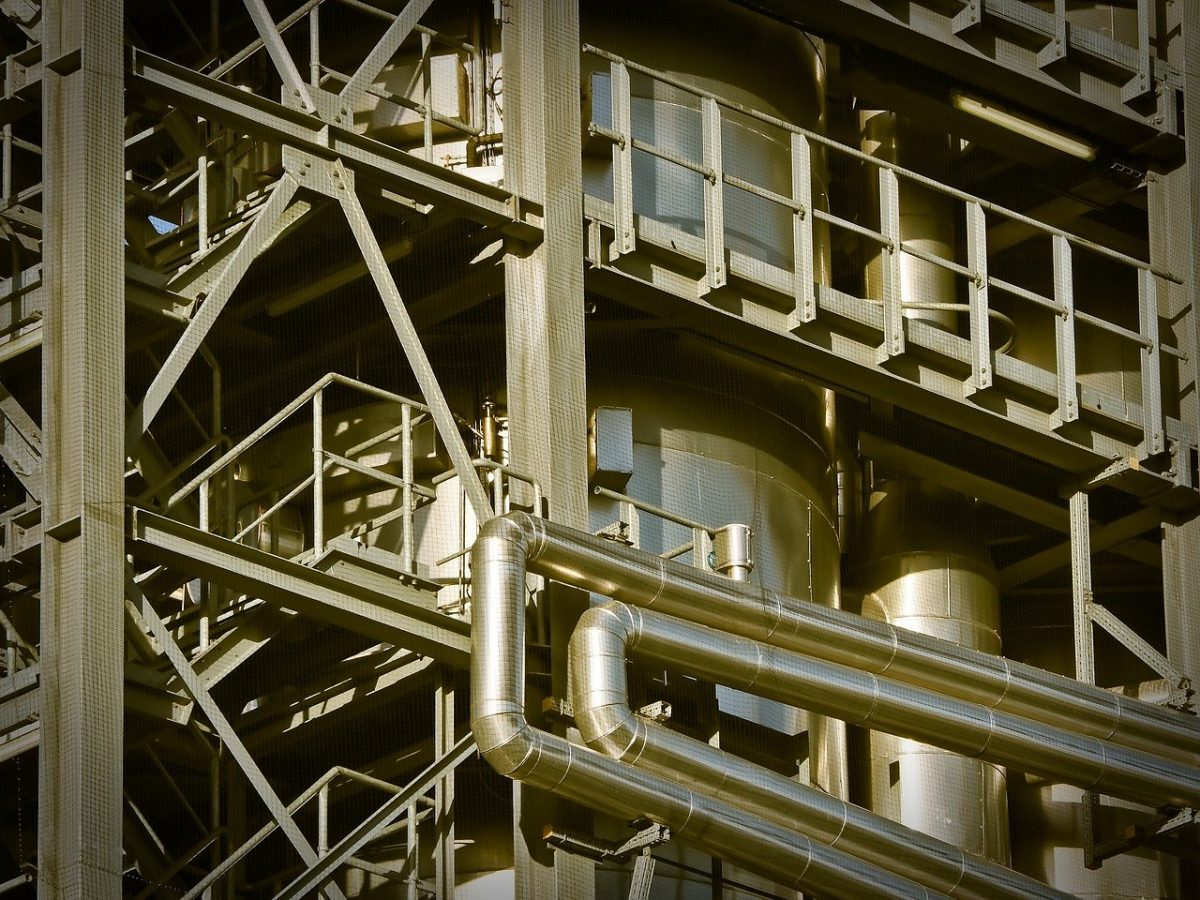How can we enable engineers working with safety critical equipment to use predictive analytics?
10/05/2021Dr. Maurizio Pilu, MD of Safetytech Accelerator, discusses the case study of Safetytech Accelerator alumnus Falkonry Inc and its journey with us from responding to an industry challenge to a commercial partnerships with Lloyd’s Register.
Safetytech Accelerator is a mission driven technology accelerator that aims to increase the adoption of industrial safetytech – the use of emerging technologies to make the world safer, less risky and more sustainable. We have chosen to do it through forming targeted collaborations between cutting-edge tech firms and problem owners (typically industrial operators) to solve difficult safety and risk challenges, often where the tech is not the main barrier, and we do hands-on experimentation through carefully-shaped proof of concepts and pilots.
Impact however comes from adoption, and that takes time. Safetytech Accelerator sits at the nexus of a large R&D and industrial client base that draw from Lloyd’s Register’s experience in risk and safety, technology and regulation in industrial settings. This is perhaps the main reason for which startups choose to work with Safetytech Accelerator. In April we launched a new accelerator programme called Waypoint, that structures the market access element even further.
Market access and adoption
Last week’s announcement of the partnership between Falkonry and Lloyd’s Register was a good illustration of how Safetytech Accelerator can promote market access and adoption for new technologies once it has selected crucial challenges that if solved could change markets.
A while back Safetytech Accelerator – in its previous incarnation as a Lloyd’s Register Foundation programme– worked with a number of experts around a significant industry challenge in terms of safety and risk, but also performance: how to predict failures of critical equipment (e.g. compressors, HVAC units, etc.) using the latest statistics, machine learning and data science techniques – which some in industry would call a “digital twin”. But this is, for those who are close to these topics, not new and there are plenty of choices for solutions.
But there was a twist in what the challenge was really about, and it related to what experts and operators were really telling us. Currently the people who know about the equipment – e.g. how it’s deployed, the types of failures – are not data scientists or programmers. Yet, some of the sophisticated digital twins require complex project set-ups and lots of coding and data science, often done by people external to the organisation. In other words, they become data science projects which are very costly and often impractical for many organisations, forming a big barrier to the adoption of predictive analytics tech.
No-code digital twins
We were looking for something different: giving the power of these technologies to the practitioners close to the front line. That requires digital twins that can be configured, rather that programmed. In industry these are increasingly called “no-code” solutions since they can – in theory – be quickly set up and adapted to a particular asset by organisations.
But why did I say in theory? Because adoption in well-established, and in some cases regulated sectors, is a long journey and not just about the tech. But it is a journey that Safetytech Accelerator, in combination with our parent Lloyd’s Register and their network, understand well.
The Safetytech Accelerator worked with Plug and Play and Lloyd’s Register industrial assets experts in sectors such as energy and shipping, to scout the technology ecosystem for effective no-code digital twins solutions that could be directly used by our target persona: the maintenance engineer.
Falkonry was one of the companies selected after an exciting pitching section to a panel of industry experts. What the panel liked about the Falkonry solution was the ability to interactively let a maintenance or asset expert build and validate a digital twin through a user interface using things they are accustomed to: looking at graphs of sensor measurements, marking up suspicious patterns in the data, uploading condition events (e.g. a failure or the result of an inspection), etc. – with the system turning all that into candidate predictive models.
Since then work happened in the background with Lloyd’s Register experts to understand better how maintenance engineers could complement and enhance what they do with a solution like Falkonry’s. Zooming forward we have seen the partnerships announcement that I began this piece with.
The journey is still at the early stages but I have no doubt that no-code solutions more generally are key to unlocking widespread adoption and impact of advanced AI/ML technologies to enhance safety and risk management. We have carried out another project in this spirit around automating compliance.
No doubt more like these will follow – stay tuned!
If you have any corporate or industrial safety and risk challenges you’d like to solve – please contact us to find out how we can help.
Maurizio Pilu, MD Safetytech Accelerator

